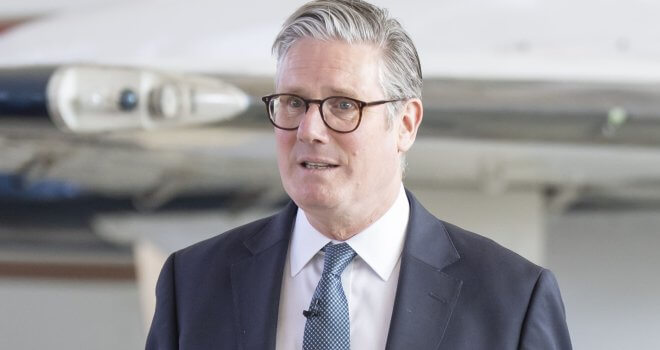The Role Of Continuous Improvement In Achieving Business Excellence

Continuous improvement is a steadfast commitment to making small changes and improvements every day, with the expectation that those small improvements will add up to significant business improvement over time.
It is a key ingredient in the pursuit of business excellence. Through this approach, companies can enhance processes, products, and services, steadily increasing value for customers and stakeholders.
The Principles of Continuous Improvement
At the core of continuous improvement are a few key principles: the quest for better ways of doing things, the involvement of employees at all levels, and the use of systematic methods to identify and solve problems. This method is rooted in the belief that there’s always room for improvement, no matter how successful an organisation may be.
Tools and Techniques for Continuous Improvement
A variety of tools and techniques are available to support continuous improvement. These include the Plan-Do-Check-Act (PDCA) cycle for structured problem-solving, Six Sigma methodologies for reducing defects and variability, and the 5S system for workplace organisation. The choice of tools depends on the specific needs and challenges of the business.
Measuring the Impact of Continuous Improvement
The benefits of continuous improvement can be measured in several ways, such as increased productivity, higher customer satisfaction, reduced errors, and enhanced employee engagement. Metrics and KPIs (Key Performance Indicators) are crucial for tracking these improvements and ensuring that the efforts are aligned with business objectives.
Integrating Continuous Improvement with ISO Standards
ISO standards, such as ISO 9001 for quality management, are designed to ensure companies meet the needs of customers and other stakeholders. Integrating continuous improvement into ISO Consultancy services ensures that these standards are not just met but are exceeded.
ISO Consultancy can guide businesses in aligning their continuous improvement initiatives with the requirements of ISO standards, leading to compliance and enhanced operational excellence.
Overcoming Challenges in Implementing Continuous Improvement
One of the biggest challenges in implementing continuous improvement is resistance to change. Change can often be met with scepticism or apprehension. To overcome this, businesses must foster a culture of open communication and inclusive participation. It’s also essential to provide proper training and resources to employees to facilitate the transition.
The Role of Leadership in Fostering Continuous Improvement
Leadership plays a pivotal role in driving continuous improvement. Leaders must endorse the concept and actively participate in the process. This involves setting a vision for improvement, empowering employees, and creating an environment where innovative ideas are encouraged and rewarded.
Conclusion: Continuous Improvement as a Path to Business Excellence
Continuous improvement is more than just a set of practices or a business strategy; it is a culture and mindset that drives an organisation towards greater heights. In today’s dynamic business environment, it’s not just about maintaining standards, but continuously enhancing them to stay ahead of the curve.
When embedded into the core of an organisation’s operations, continuous improvement can lead to transformative changes, resulting in a business that is not only efficient and productive but also resilient and adaptable.
This philosophy, when consistently applied, ensures that businesses are continually refining their processes, products, and services. It’s about making incremental changes, small enhancements, and regular refinements, which collectively lead to substantial long-term gains.
By focusing on continuous improvement, businesses are better equipped to respond to changing market demands, technological advancements, and evolving customer needs.




